Renault Twizy review, test drive
The future of personal transportation. Is that too much weight for Renault's little Twizy to bear? We find out.
Published on Jun 11, 2012 03:58:00 PM
1,01,571 Views
Follow us on

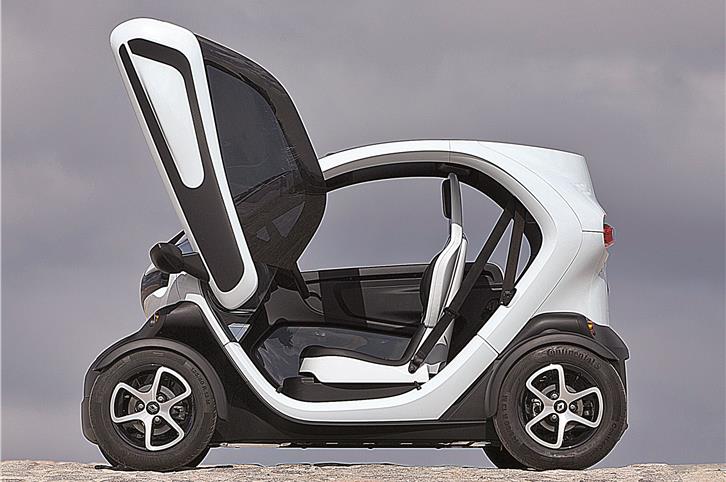
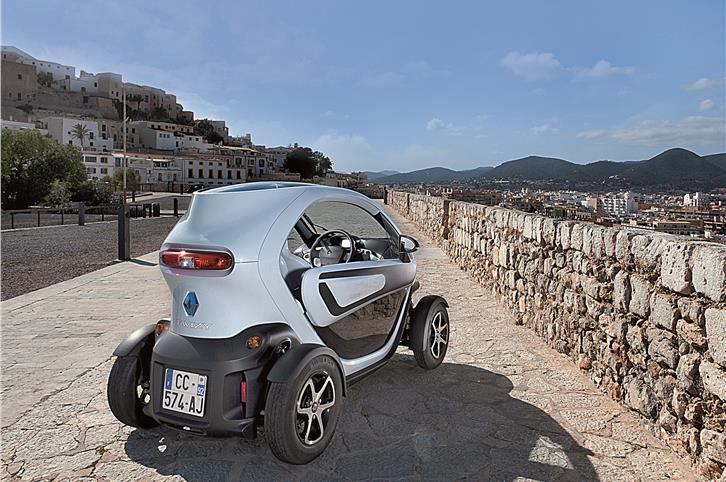
From a motorist’s standpoint, the urban landscape is getting pretty depressing. Traffic has become a swear word, pollution, whether of noise or air, is a slow poison that singes the nerves, and parking spots determine your mood for the day. But now Renault has a little white pill that claims it can wipe the blues away. Say hello to the Twizy.
How do UDO?
The Twizy is a UDO, an Unidentified Driving Object. Renault had to conjure up a whole new vehicle type because the Twizy really doesn’t fit in anywhere. However, the unimaginative gaze of the law hasn’t been as taken by the Twizy’s car-like cabin and motorcycle-like appeal, pegging it simply as a quadricycle. But what it is, is gorgeous. And gregarious. And engaging. Not words you normally use for an inanimate object.
Sitting at the Ibiza beach, the Twizy seemed to holler, “Hey! Why don’t you come have a closer look? You know you want to!” And they did – six-year-olds led by their grandfathers, bikini-clad ladies with incomplete tans, and men with big blue question marks hanging over their heads.
The cab looks as though it has endured warp speed, with all excess sheared off. The windscreen is raked steeply, the windowless rear section emphasises the narrowness of the cabin, and the high-set tail lamp makes it look taller than it is. It looks as though the pod is bonded to a black cart, its skinny 13-inch wheels jutting outward for stability’s sake. Something as curious-looking as this surely deserved a closer look.
And so, they poked their heads in through the windowless doors to see what the Twizy had to offer. The motorcycle-style tandem seating drew some unsure glances, but the optional panoramic sunroof brought big grins, as did the car-like dash and steering wheel. But the second those plastic doors scissored open, there was a new wave of appreciation for the Twizy.
Underneath that funky facade, the Twizy is sensibly minimal; this is why the ‘vanity’ doors are an option. If doors were standard, customers would expect windows, and hence the Twizy would need de-fogging equipment, and then not having air-conditioning would seem completely absurd. All this would bring the Twizy right into proper car territory, and dealing with the disadvantages of added weight and reduced range would hurt its appeal.
Right-sizing the Twizy goes further than that, though. For instance, the driver’s seat – set to a rather attentive upright position – can’t be adjusted for recline. The plastics for the dash and the seat covers feel functional and tough; after all, like motorcycles, they will have to endure the elements without fuss. But where it matters, there’s no skimping. The Twizy is built around a solid spaceframe chassis that gives it a robust feel that far exceeds the norms for quadricycles.
Pure & Simple
Less can be more, as the Twizy proved out on the road. The UDO is more fun than anything with a steering wheel and only 17bhp has any right to be. Credit for that is due to RenaultSport Technologies, the team that works on Renault’s Formula 1 motors. Their expertise in F1 KERS development made them top candidates to develop the Twizy’s powertrain too. The rear mid-mounted electric motor delivers the equivalent of 17bhp to the rear wheels.
Renault claims 125cc-scooter-matching performance, which translates to a 0-65kph time of 6.1 seconds. However, the experience is livelier than the numbers suggest. Light taps on the throttle are enough to send the Twizy scurrying ahead, absolutely in sync with the stop-go conditions of city traffic. Since the Twizy doesn’t have any form of stability control, its 5.8kgm of torque is enough to spin the rear wheels from standstill. So, in the interest of traction, initial throttle response has been kept a bit tame, but once past 20kph, the Twizy feels distinctly more responsive. We even ventured onto the motorway, where it proved capable of getting to and holding a steady 80kph without fuss.
While the Twizy was fun to drive, the whine of the electric motor was like an annoying passenger unwilling to shut up. But the sights and smells of Ibiza’s coast and countryside offered plenty of distractions. The fresh breeze was a friendly companion, as the clear plastic baffles just past the A-pillar kept the cabin from getting tempestuous.
On the winding coastal roads the Twizy drove like a go-kart. The lack of power assistance or variable-ratio hocus-pocus gave the steering a beautiful weight and directness. For most conditions, the narrower (compared to the rear) 125/80-R13 front tyres helped keep steering effort low, but around tighter corners you could feel the weight. Its go-kart nature extended to the way it cornered – flat, the way it rode – stiff, and the brakes – wooden. Interestingly, since the motor doesn’t drive the front wheels, the regenerative braking wasn’t to blame for the wooden brake feel. Instead, it was the lack of a brake booster.
Another result of regenerative braking being limited to the rear axle is that the batteries aren’t topped up as much as they could be. Still, the Twizy comes with a claimed 100km range with a minimum of 55km. The erratic trip computer made me wish electric car manufacturers would put in another mode that shows the real-time minimum available range. Even with the lithium ion batteries drained completely, the Twizy takes only three-and-a-half hours to be charged completely – that too on the same 220V plug point you use to charge your phone.
Got future?
Volkswagen, Audi, Nissan, Opel and Toyota have all shown concepts similar to the Twizy in recent years, but Renault has leapfrogged all of them to production in an arena that holds a lot of promise. But is the Twizy too ahead of its time? It’s hard to tell, but Renault has given it its best shot. The Twizy blends practicality with futuristic cool, and underlines it with economics that boost this pod from being a fanciful whim to a modern-day urban tool.
In the Indian context, the Twizy means little more than another interesting chapter in the evolution of automobiles. Electric cars, especially ones without doors, windows and air-conditioning, make little sense on the subcontinent. However, given the fun factor of driving the Twizy, I really wouldn’t mind making an exception, say, if Renault put a small screamer of a petrol motor in the back!
Tech Specs 
Copyright (c) Autocar India. All rights reserved.

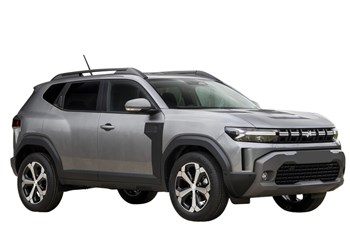


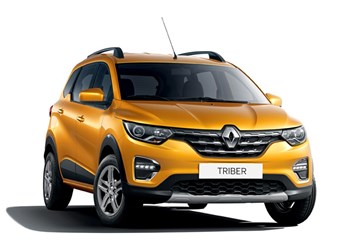
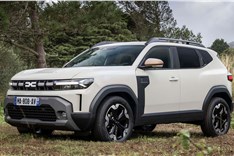


 Price
Price Engine
Engine Transmission
Transmission Body
Body Dimensions
Dimensions
Comments
Member Login
Personal Details
No comments yet. Be the first to comment.